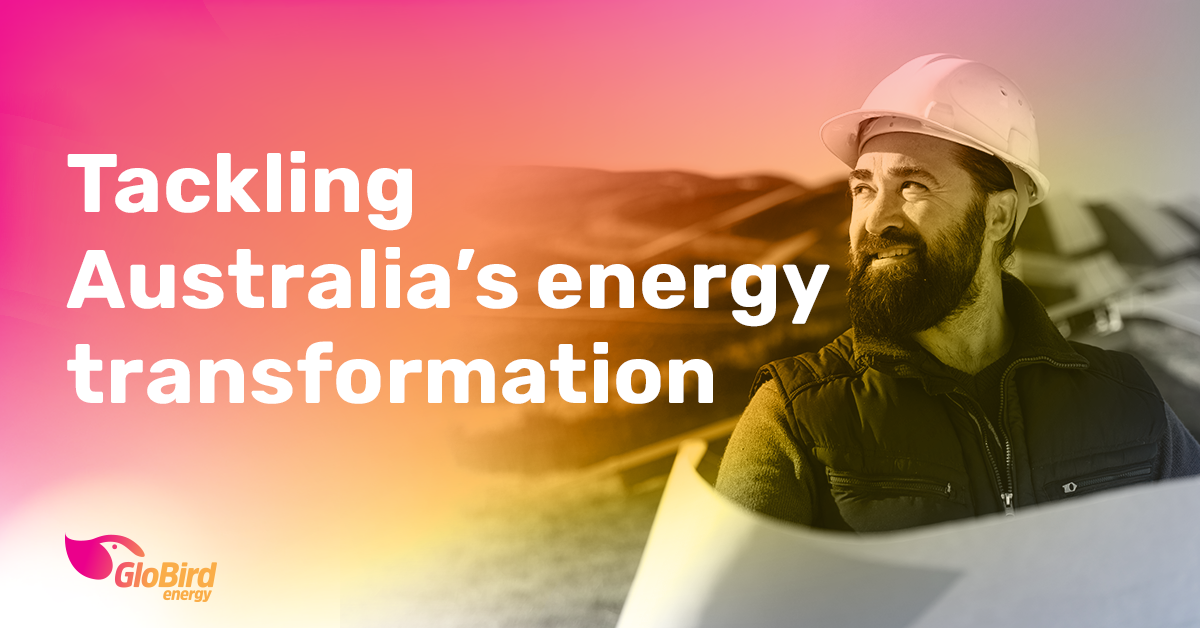There’s no disputing that Australia is well into a transformation of its energy generation and distribution systems.
Some may want to argue about how we go about it and how feasible (or not) different approaches might be. It seems unlikely that we’ll get consensus any time soon, which means more time, money, and intellectual energy will be spent trying to figure things out.
Being Australia, it’s also not surprising that many people don’t think politicians and policymakers are the right people to get the job done – at least not efficiently or smoothly.
So, who can we rely on? Fortunately, Australia’s scientific community is world-renowned and has an impressive track record of figuring things out and getting the job done.
CSIRO is on the job
Most of us have heard of the CSIRO, but you can be excused if you don’t really know what it is or what it does.
CSIRO stands for Commonwealth Scientific and Industrial Research Organisation and it’s an independent statutory authority constituted and operating under the provisions of the Science and Industry Research Act (1949).
It’s primarily funded by the federal government and its main role is to carry out scientific research of benefit to Australia.
Among its major achievements over the past 100-plus years is the invention of the wireless local access network (WLAN) which has given us all WiFi, the development of the first commercially successful polymer banknote, the invention of the insect repellent in Aerogard, and the creation of extended-wear contact lenses.
There’s also a slew of health, medical, biological, chemical, and technological breakthroughs, including a revolutionary strain of barley and the washing liquid for woollen clothing, Softly.
It’s worth a read of this article on the CSIRO’s top 10 inventions.
Taking on the challenge
In an article published earlier this month, CSIRO explained how it’s working with global research partners to develop new tools and technologies that will help us adapt our energy system for a safe and secure power supply.
In particular, CSIRO is contributing to the Global Power Systems Transformation Initiative (GPST), a global research consortium of organisations like the Australian Energy Market Operator (AEMO), universities, and industry leaders.
The GPST is the key international initiative focused on integrating renewable energy into power systems, while keeping them secure and stable.
While it aims to be an effective contributor to the global effort, CSIRO remains committed to solving Australian-specific challenges, something it has proven effective at in the past.
Australia’s energy transformation challenges
These are the major challenges we face, as CSIRO sees them:
Transmitting renewable energy
With up to three times as much wind and solar power coming into the mix in the next five or six years, AEMO will need more advanced capabilities.
As the consistency of power supplies varies even more as conditions change, Australia’s regional transmission system will have to become much more dynamic.
CSIRO is looking at developing advanced modelling programs and monitoring devices and utilising artificial intelligence to allow operators to assess the security of systems in real time.
Distributing power from rooftop solar
The growing number of Australians feeding power back into the network from their rooftop solar is already pushing the power distribution system to its limits, and rooftop solar capacity is expected to double by 2030.
CSIRO wants to help those in charge of distributing electricity to predict and manage when the local power lines might get overloaded.
The related challenge will be setting prices in a way that encourages people to use, generate, and store electricity responsively in their own neighbourhoods.
Enhancing flexibility for electrification
As households and businesses use electricity for more things, for example transitioning away from gas for cooking and heating and petrol for their vehicles, there will be greater opportunities for load flexibility to be practised.
GloBird Energy has led the way in incentivising load flexibility in the retail energy space with our Free Lunch, encouraging households to adjust their energy use to match supply.
CSIRO anticipates that it will become the norm for people to run appliances and charge their devices (and vehicles) when there’s more power in the grid during the day.
To support flexible demand, CSIRO is looking to empower home and building owners with improved data visibility and control.
A need for better collaboration
In case nobody else has made it clear enough, CSIRO has reiterated that the best way to overcome challenges, efficiently use resources, and work toward a sustainable and resilient energy future is through collaboration.
For example, for Australia to meet its target of net-zero carbon emissions by 2050, a wide range of organisations will need to coordinate and cooperate.
CSIRO’s Smart Energy Mission is coordinating extensive collaboration between businesses, governments, communities, and research institutes. It has stated that its focus is on educating, communicating transparently, and addressing community concerns.
The Organisation sees the best way forward as one where it works in partnership with other countries for technical advancements, and with utilities, the transportation and agricultural sectors, NGOs, startups, and other research institutions to accelerate the advancements needed for a sustainable and resilient energy future.
Hopefully, when the smart folk at CSIRO speak, the people that matter are listening.
